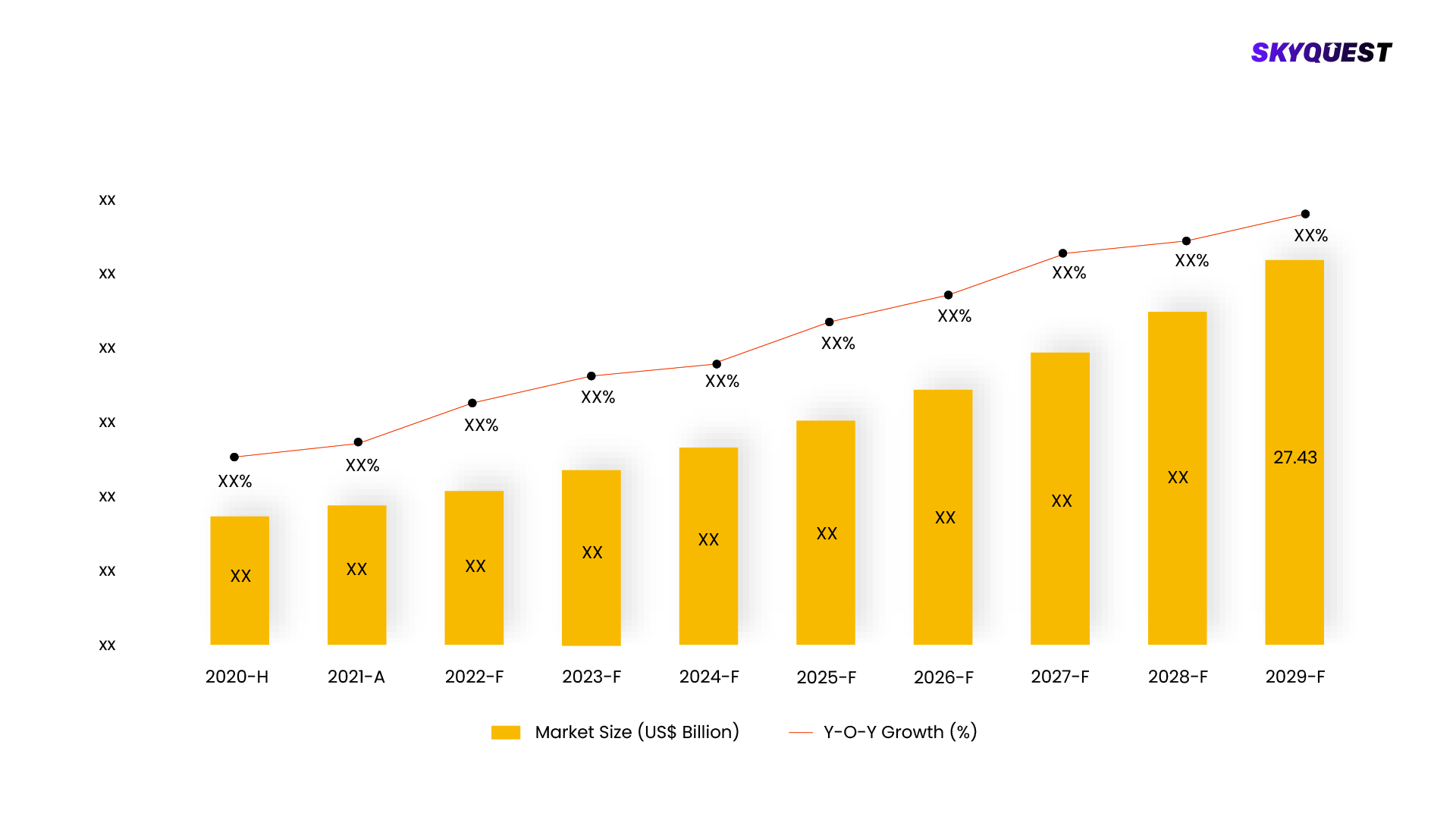
Product ID: UCMIG45N2012

Report ID:
UCMIG45N2012 |
Region:
Global |
Published Date: Upcoming |
Pages:
165
| Tables: 55 | Figures: 60
The growth of the market has anticipated propelling holographic displays to have a wide range of practical applications in a variety of industries, including engineering, medical technology, pharmaceuticals, food and beverage, telecommunications, automotive, entertainment, and others. In medical education, the use of holographic imagery has become well-known. The market's growth will be positively impacted by holographic imaging technologies that have recently been created have high efficiency and provide crisp 3D images that enhance research activities. Digital holographic microscopy has been transformed by the combination of real-time, nanometric resolution, and non-invasive 3D views. The growth of the holographic display market in the coming years is provided with potential opportunities like hastily developing smartphone and tablet holographic display market is further estimated.

This report is being written to illustrate the market opportunity by region and by segments, indicating opportunity areas for the vendors to tap upon. To estimate the opportunity, it was very important to understand the current market scenario and the way it will grow in future.
Production and consumption patterns are being carefully compared to forecast the market. Other factors considered to forecast the market are the growth of the adjacent market, revenue growth of the key market vendors, scenario-based analysis, and market segment growth.
The market size was determined by estimating the market through a top-down and bottom-up approach, which was further validated with industry interviews. Considering the nature of the market we derived the Semiconductor Equipment by segment aggregation, the contribution of the Semiconductor Equipment in Semiconductors & Semiconductor Equipment and vendor share.
To determine the growth of the market factors such as drivers, trends, restraints, and opportunities were identified, and the impact of these factors was analyzed to determine the market growth. To understand the market growth in detail, we have analyzed the year-on-year growth of the market. Also, historic growth rates were compared to determine growth patterns.
Our industry expert will work with you to provide you with customized data in a short amount of time.
REQUEST FREE CUSTOMIZATIONWant to customize this report? This report can be personalized according to your needs. Our analysts and industry experts will work directly with you to understand your requirements and provide you with customized data in a short amount of time. We offer $1000 worth of FREE customization at the time of purchase.

Product ID: UCMIG45N2012